A UNIQUE WAY
The news that a Saudi Arabian football team offered to buy striker Nguyen Xuan Son for 3 million USD (about 70 billion VND) caused a stir in public opinion. Not only because of the way Nam Dinh Club and Xuan Son refused the huge offer, but also because this was a rare occasion when a Vietnamese player (including both local and naturalized players) was offered to buy by a foreign football team.
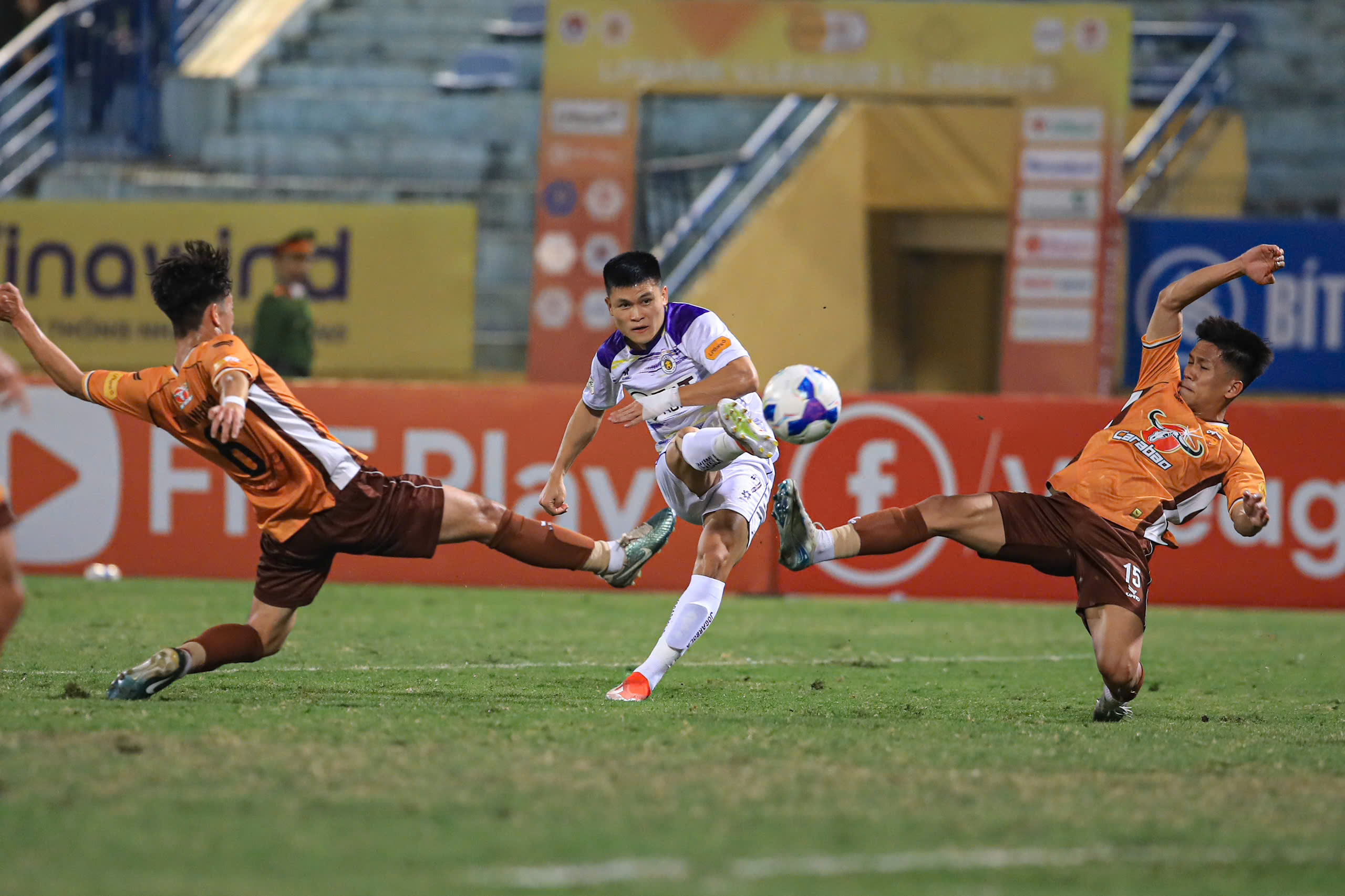
Tuan Hai (middle) is the third most valuable Vietnamese player.
Vietnamese football has had many cases of players going abroad, but most of them went on loan (Xuan Truong, Tuan Anh, Cong Phuong, Van Hau), or for free (ie going to a new team when the contract with the home team expired like Quang Hai, Cong Phuong). The rare player whose contract was bought by a foreign team is Van Lam. In January 2019, the Thai representative spent 500,000 USD (about 12 billion VND) to buy back 1 year of Van Lam's contract with Hai Phong Club, thereby successfully recruiting the goalkeeper born in 1993. Thus, it can be understood that Van Lam's transfer fee is 500,000 USD.
It is common for a football team to pay another team to own a player in developed football countries. However, Vietnamese football does not operate this way. Normally, a club will wait for the player they want to own to expire his contract with the parent club. Then, they sign a contract for free, then pay the player an amount of money called a contract fee (formerly called a signing fee). This contract fee is completely independent of any valuation basis, but is based on the wishes of the team that wants to own it and the individual player. Therefore, V-League has witnessed players receiving up to tens of billions of dong in signing fees (can range from several hundred thousand to millions of USD). The buying team pays the player directly, while the selling team does not receive the transfer fee.
V-League has also witnessed deals where the buying team paid the selling team, such as Thanh Hoa Club paying HAGL to recruit Le Pham Thanh Long. However, this is a rare exception. Vietnamese football does not operate according to the normal rules of buying and selling. That makes it difficult to value Vietnamese players, because very few clubs actually pay their partners to buy players.
REAL AND VIRTUAL VALUE
According to Transfermarkt 's valuation, Xuan Son is the most valuable Vietnamese player in the V-League with 700,000 euros (18 billion VND); second is Nguyen Filip with 500,000 euros (13 billion VND); third is Tuan Hai with 400,000 euros (10.5 billion VND); following are Viet Anh, Quang Hai and Tien Linh with a value of 350,000 euros (9.1 billion VND).
However, as analyzed above, this is purely a valuation on paper. When transferring, VN still operates in a special way and there is no real buying and selling activity between the two teams, the value of the player will always be virtual. Because no one can know how much money is needed to convince Hanoi FC to sell Tuan Hai, or to buy Quang Hai from Hanoi Police FC. This is a big obstacle, making foreign teams hesitant to approach Vietnamese players. Most choose to wait for Vietnamese players to expire their contracts before recruiting, as in the case of Pau FC recruiting Quang Hai.
However, the bigger problem is that clubs cannot make money from transfers, while this is an important source of income for teams in developed football countries. For example, Hanoi FC trains many good players, but how much money will they earn from selling talent? This is also the reason why most (if not all) Vietnamese teams have long lived on the "milk" of businesses or provincial budgets. The money earned from television copyright, transfers, etc. is just a drop in the ocean. Therefore, most teams do not have money to reinvest in youth training, fields, and facilities.
The one-way "request - give" relationship has made the existence of Vietnamese football depend solely on the money and inspiration of the bosses. If the business gives up, it will be returned to the province, and if the province does not accept it, it will be dissolved. How many football teams have come and gone in a flash, just because the business ran out of money or got bored with football. Is such a football foundation strong enough for the Vietnamese team to go far?
Source: https://thanhnien.vn/kho-tim-duoc-gia-tri-that-cua-cau-thu-viet-nam-185250207213953643.htm


![[Photo] Nhan Dan Newspaper announces the project "Love Vietnam so much"](https://vstatic.vietnam.vn/vietnam/resource/IMAGE/2025/4/17/362f882012d3432783fc92fab1b3e980)
![[Photo] Promoting friendship, solidarity and cooperation between the armies and people of the two countries](https://vstatic.vietnam.vn/vietnam/resource/IMAGE/2025/4/17/0c4d087864f14092aed77252590b6bae)
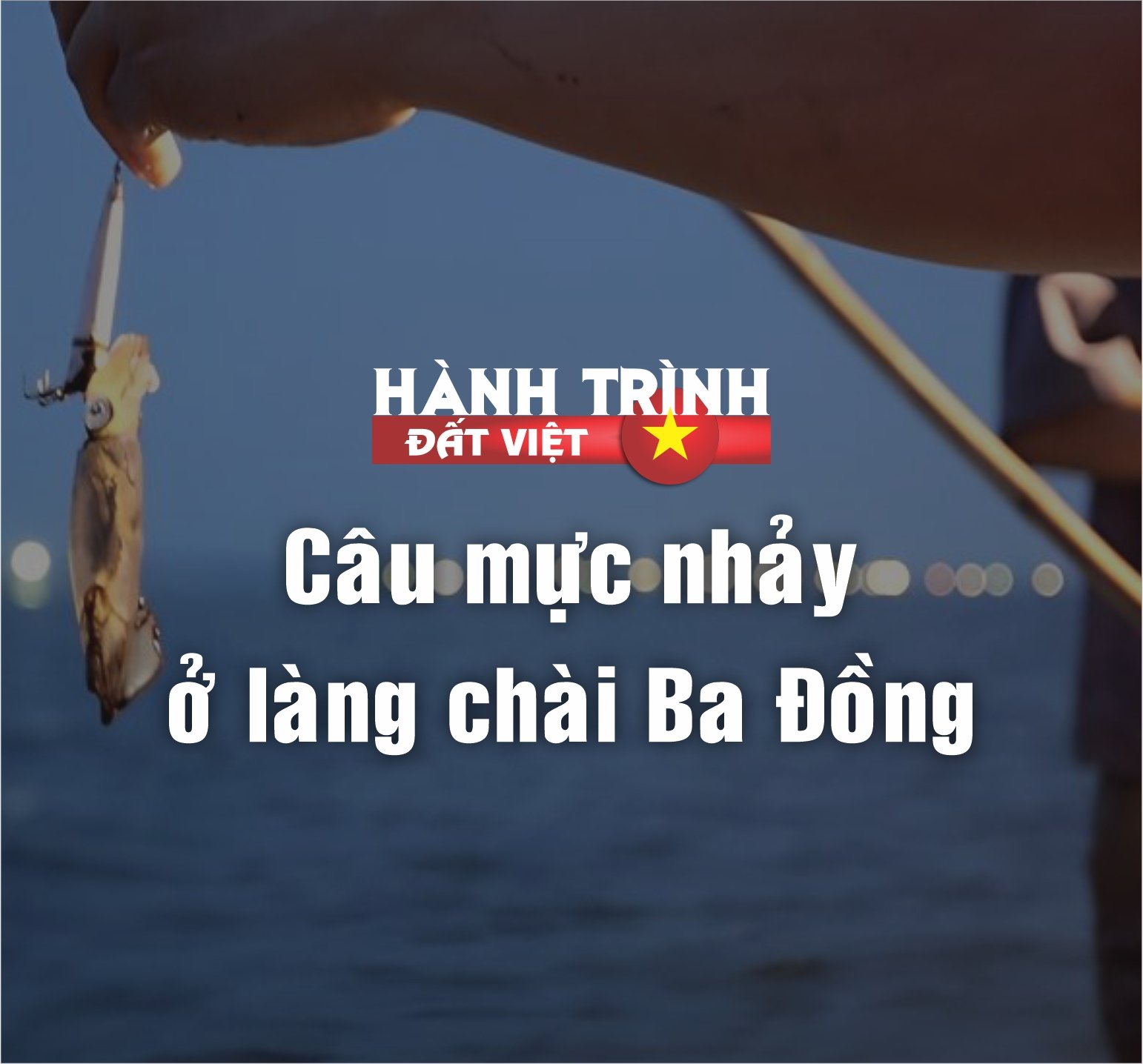
![[Photo] National Assembly Chairman Tran Thanh Man meets with outstanding workers in the oil and gas industry](https://vstatic.vietnam.vn/vietnam/resource/IMAGE/2025/4/17/1d0de4026b75434ab34279624db7ee4a)
![[Photo] Closing of the 4th Summit of the Partnership for Green Growth and the Global Goals](https://vstatic.vietnam.vn/vietnam/resource/IMAGE/2025/4/17/c0a0df9852c84e58be0a8b939189c85a)
![[Photo] General Secretary To Lam receives French Ambassador to Vietnam Olivier Brochet](https://vstatic.vietnam.vn/vietnam/resource/IMAGE/2025/4/17/49224f0f12e84b66a73b17eb251f7278)
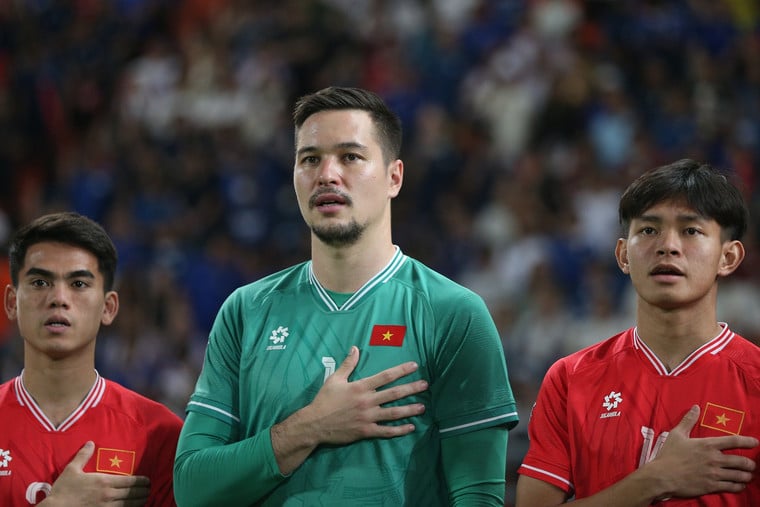

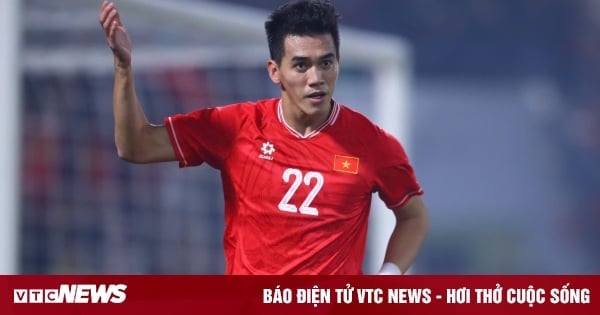

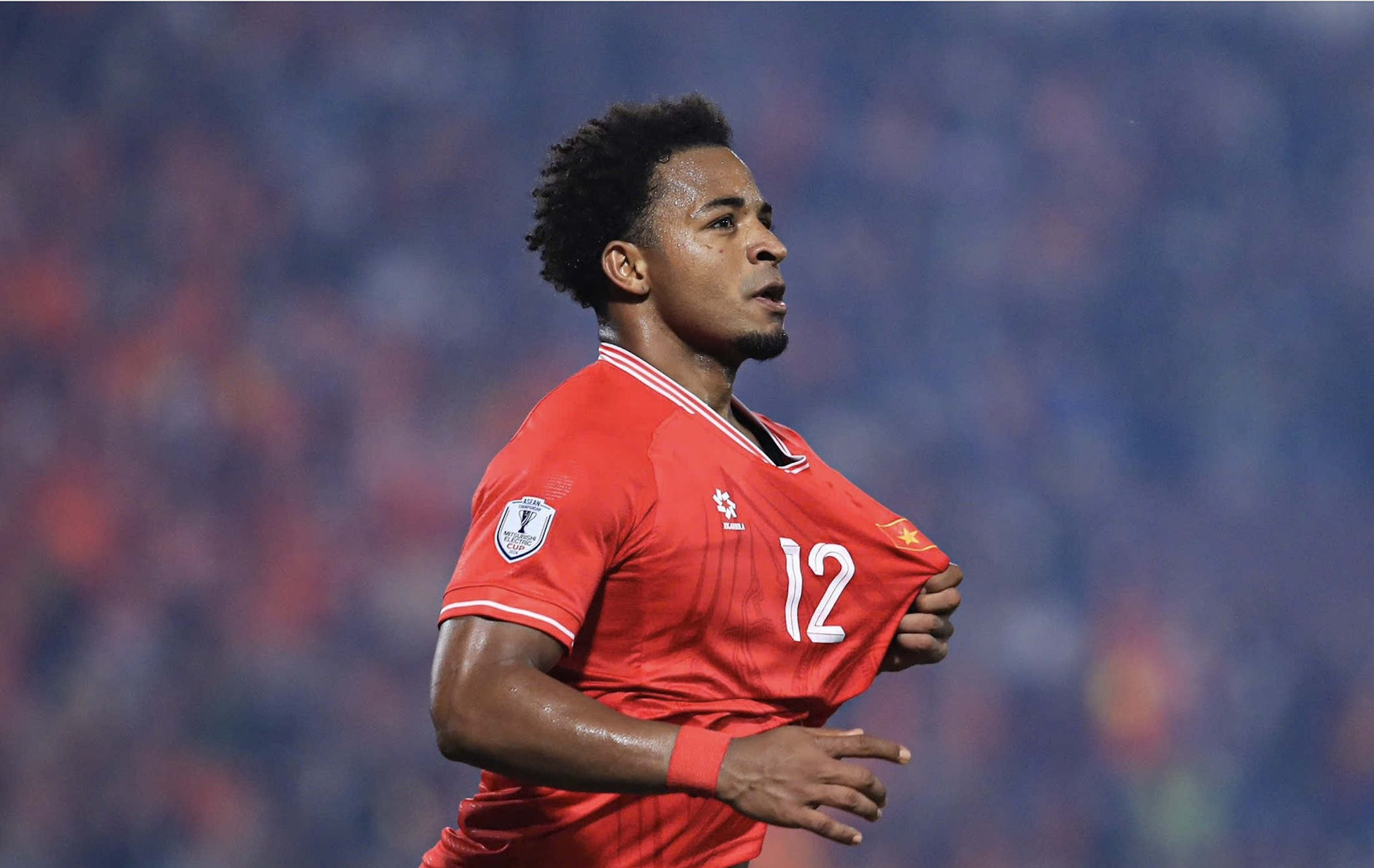
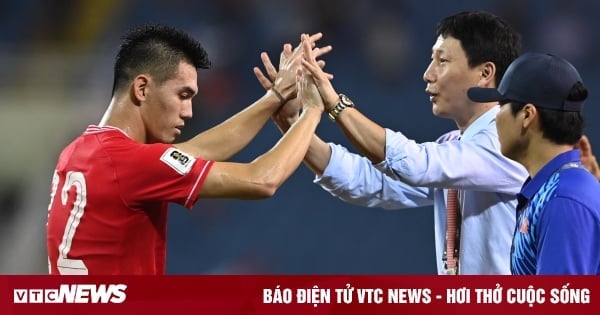
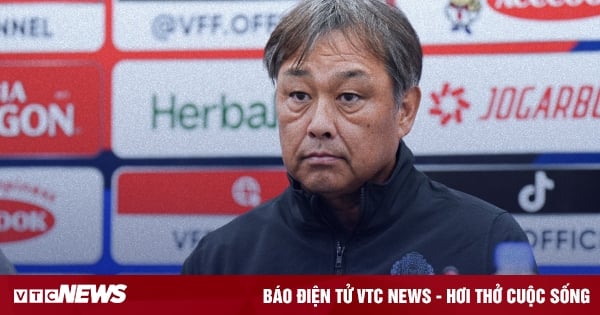
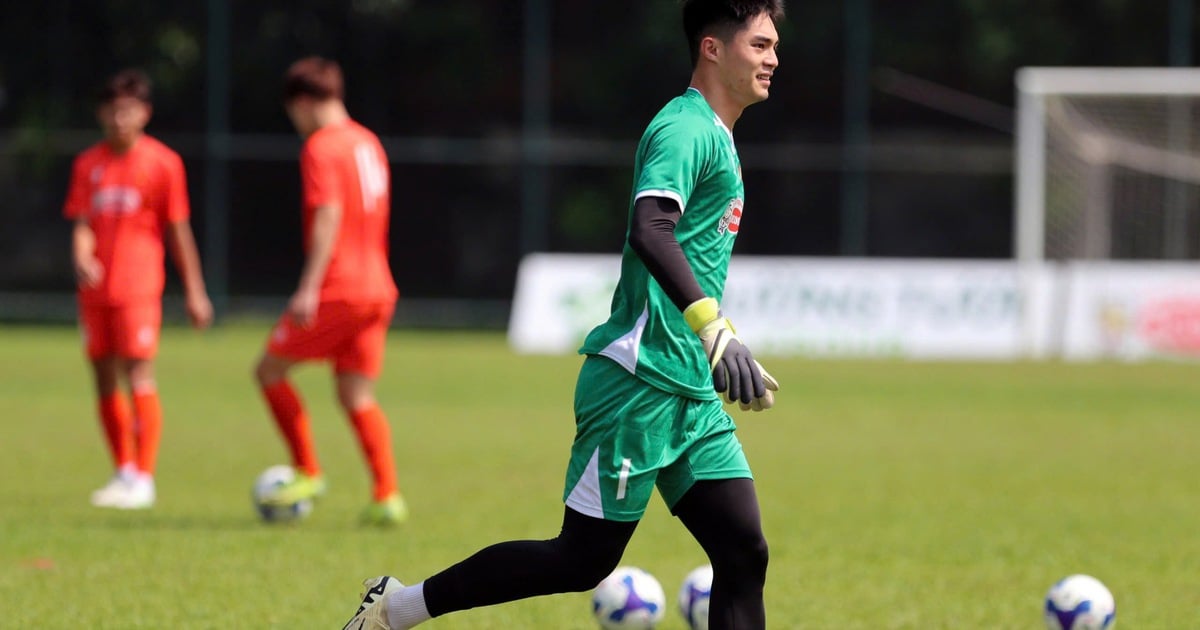
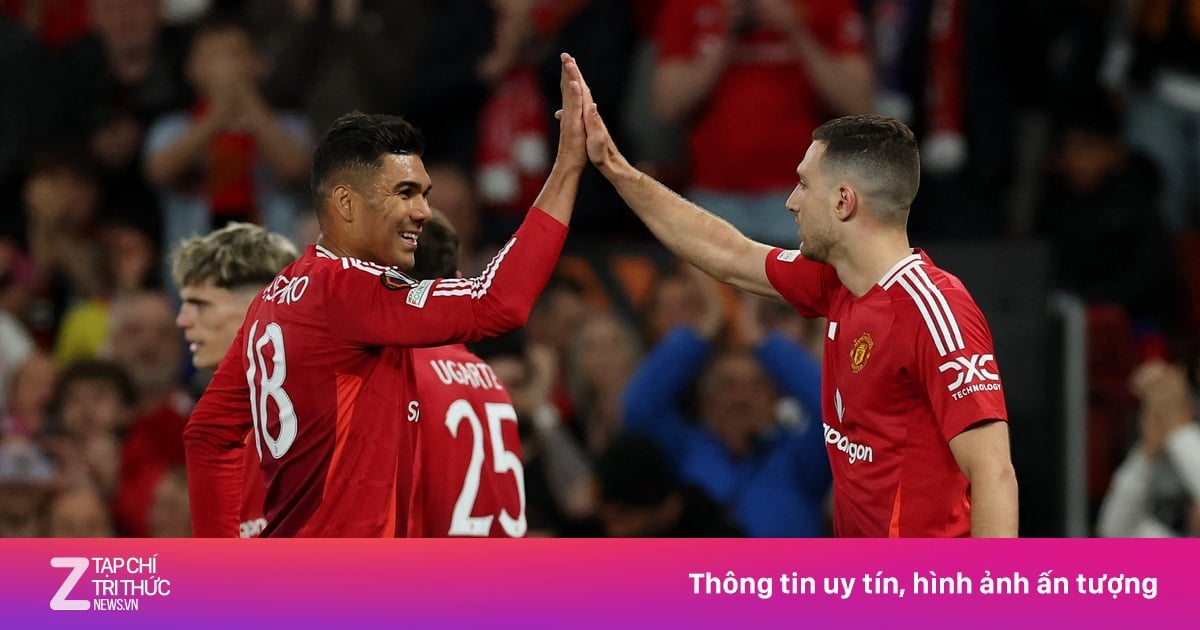
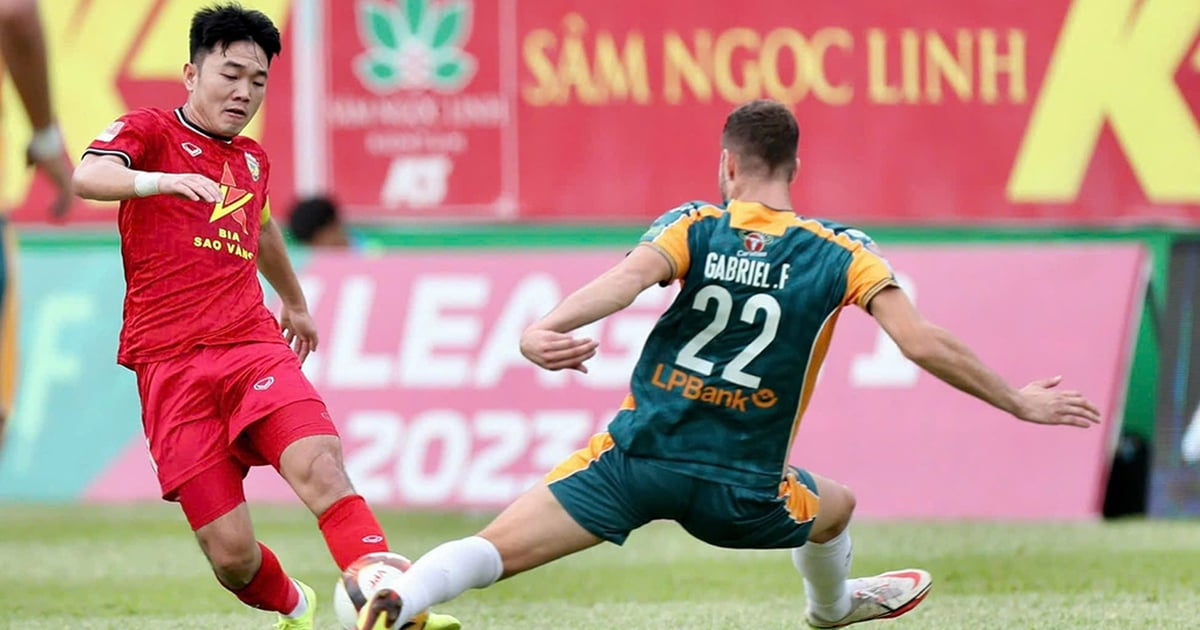
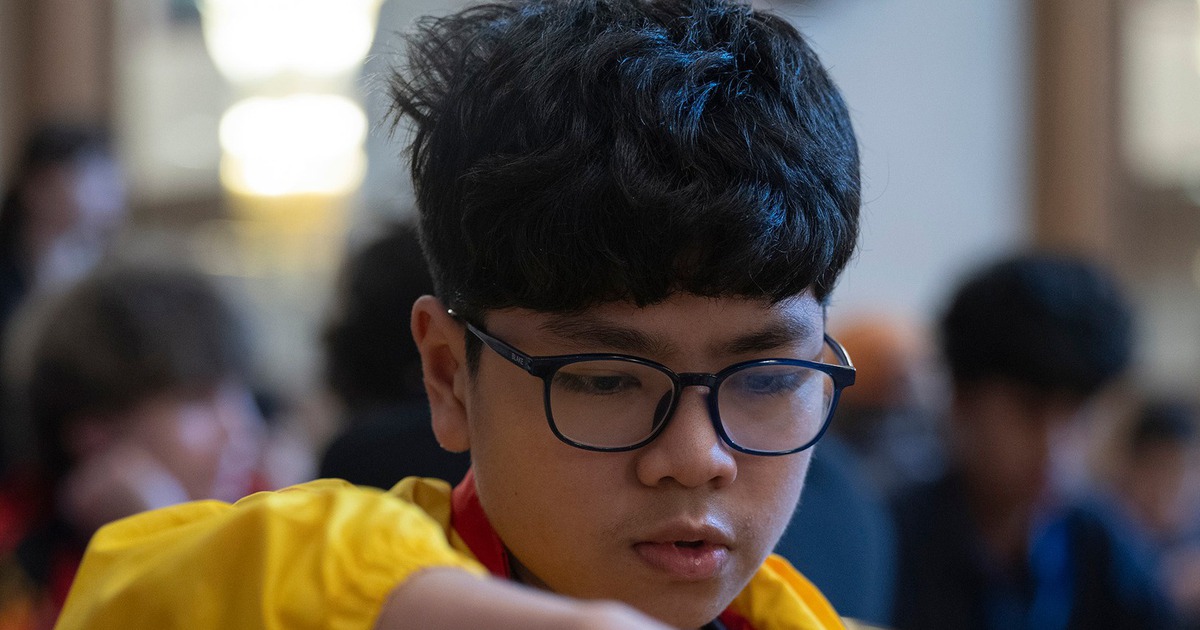
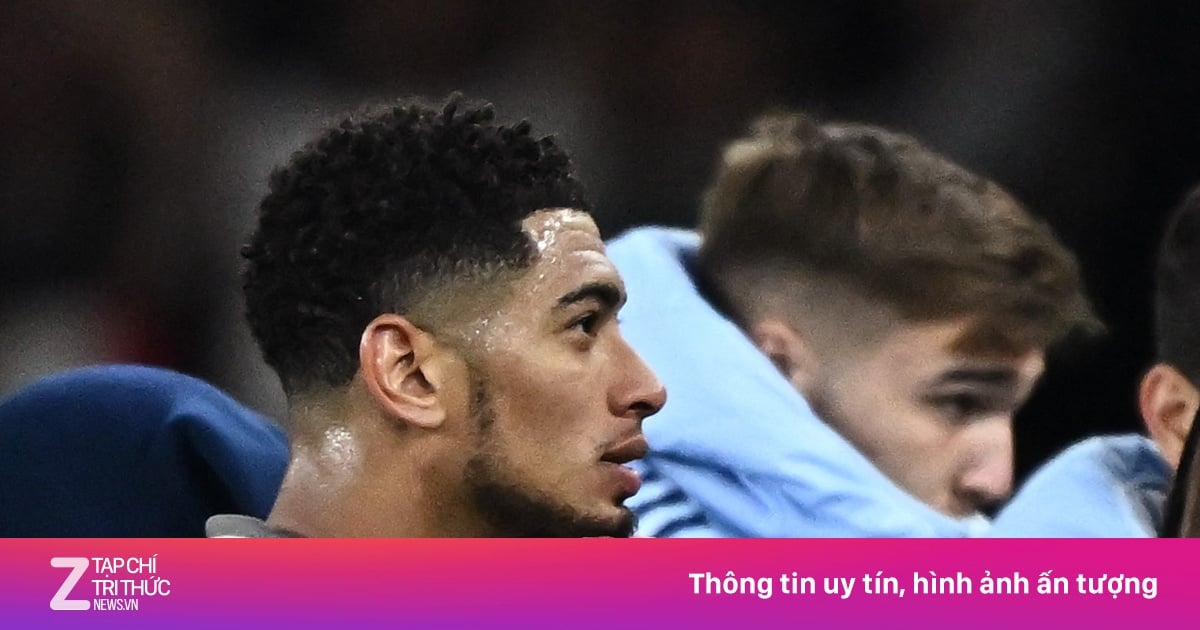
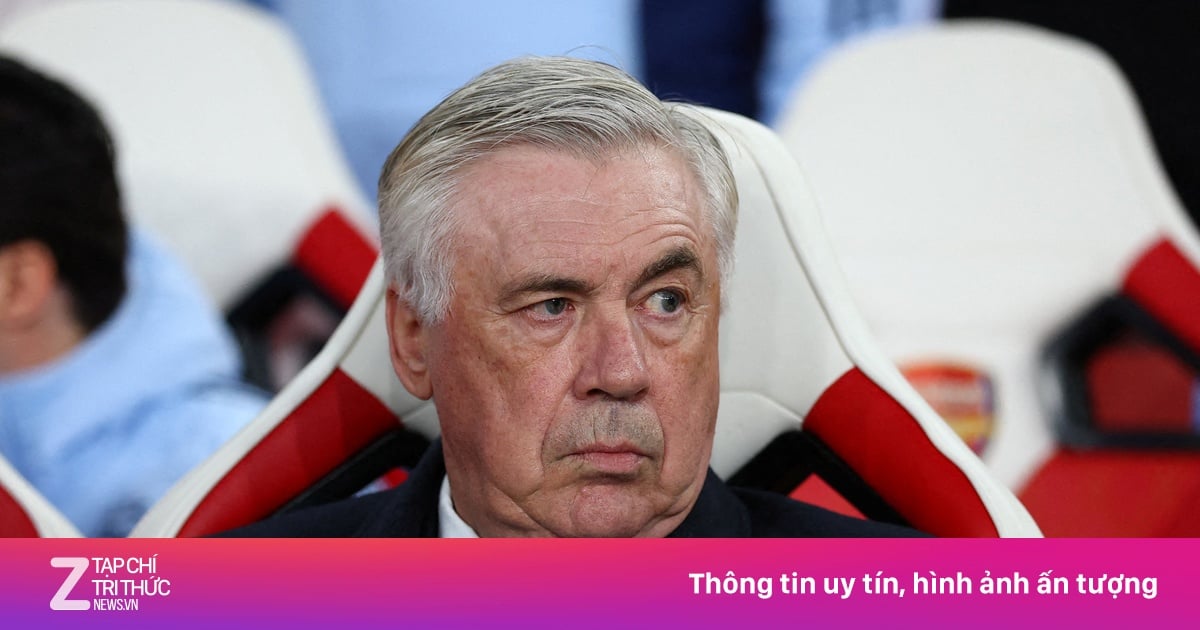
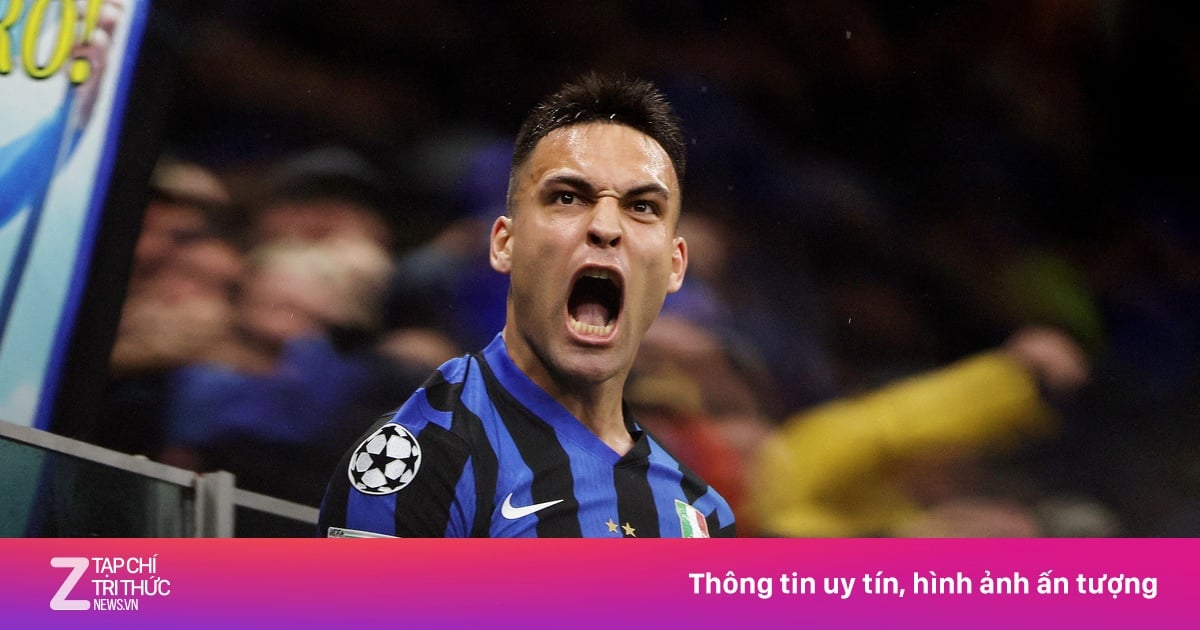







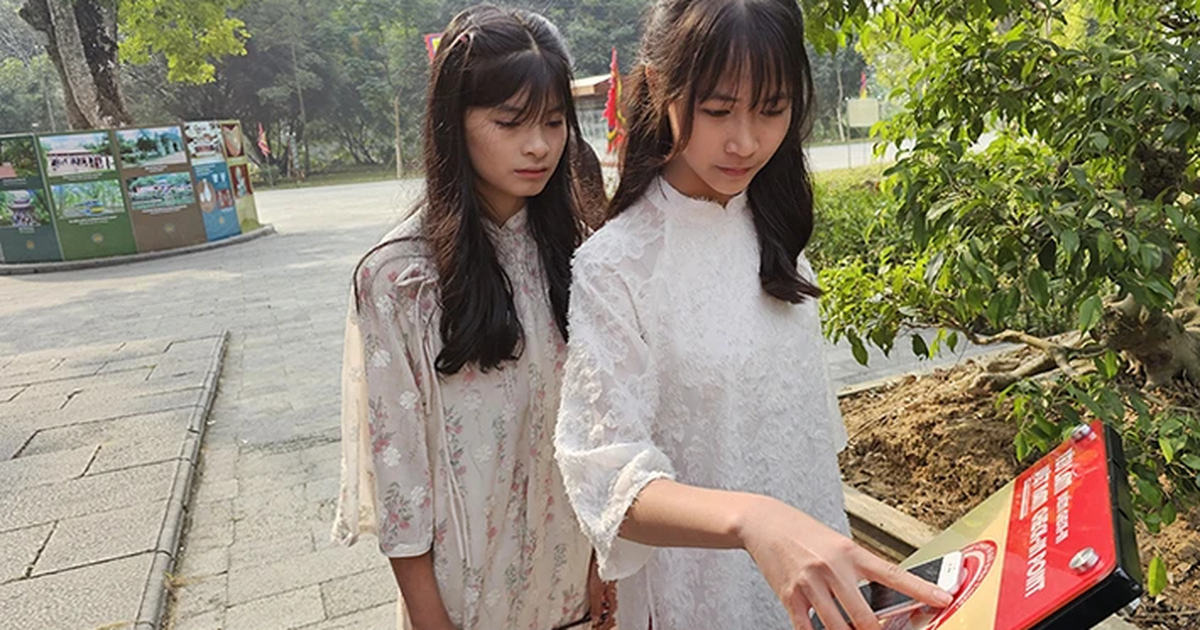
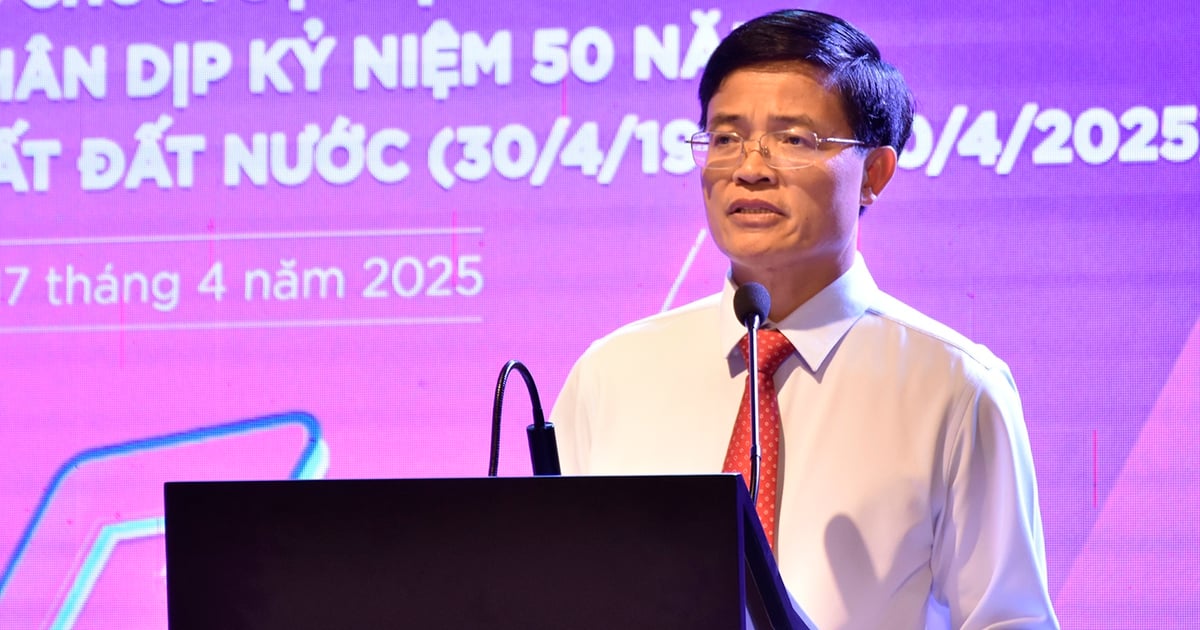

![[Photo] Welcoming ceremony for Chinese Defense Minister and delegation for friendship exchange](https://vstatic.vietnam.vn/vietnam/resource/IMAGE/2025/4/17/fadd533046594e5cacbb28de4c4d5655)















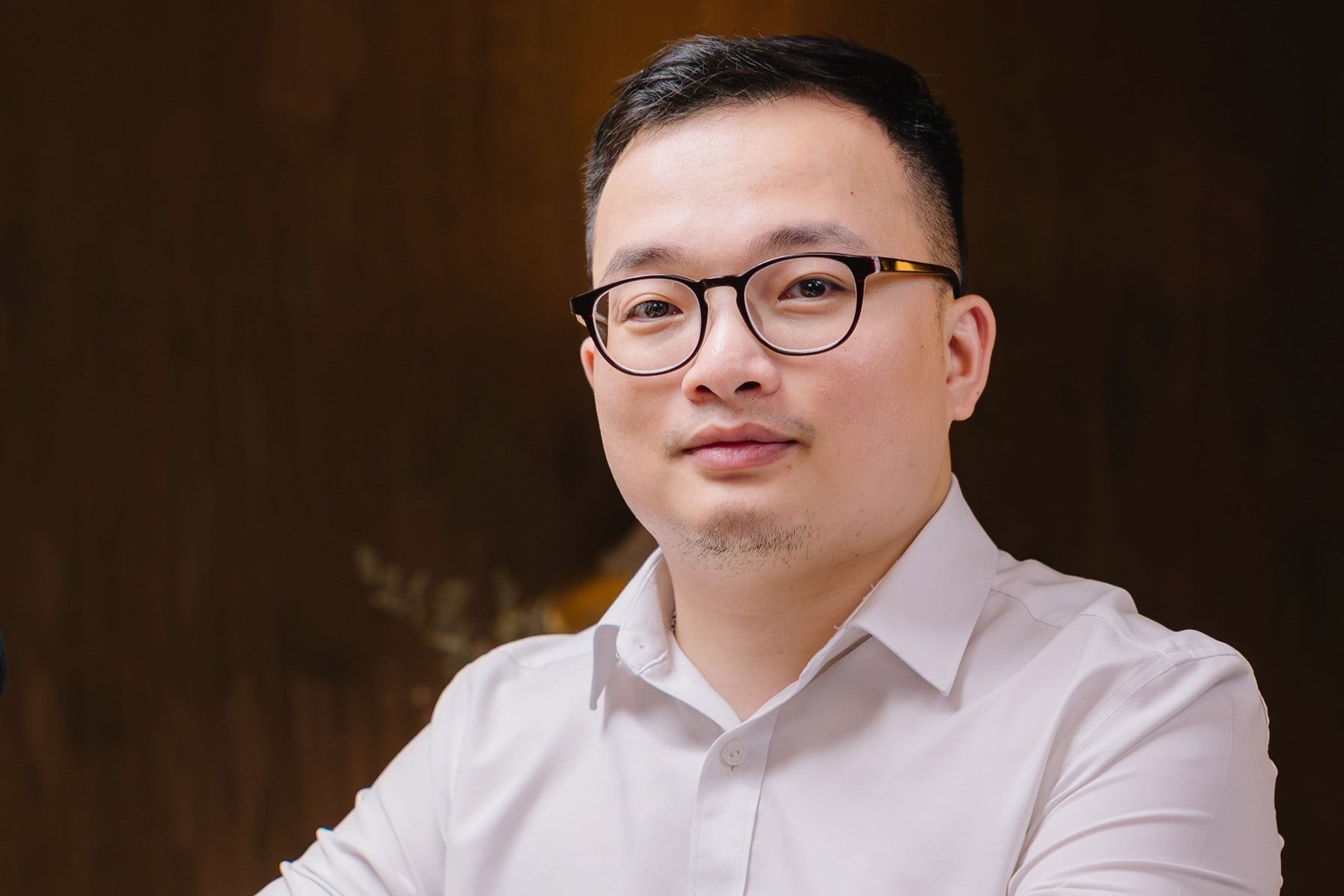
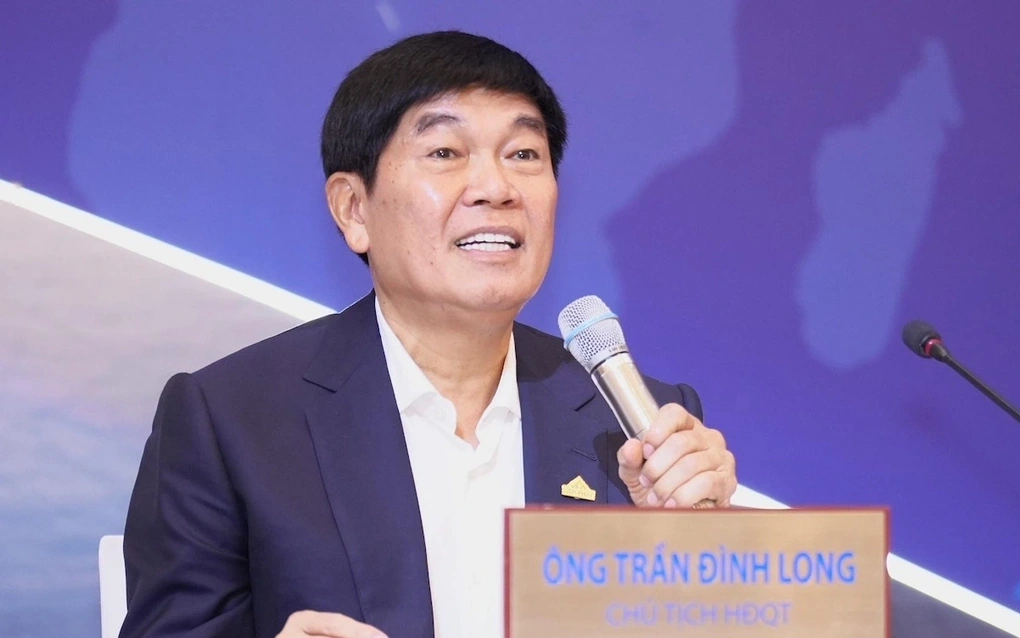

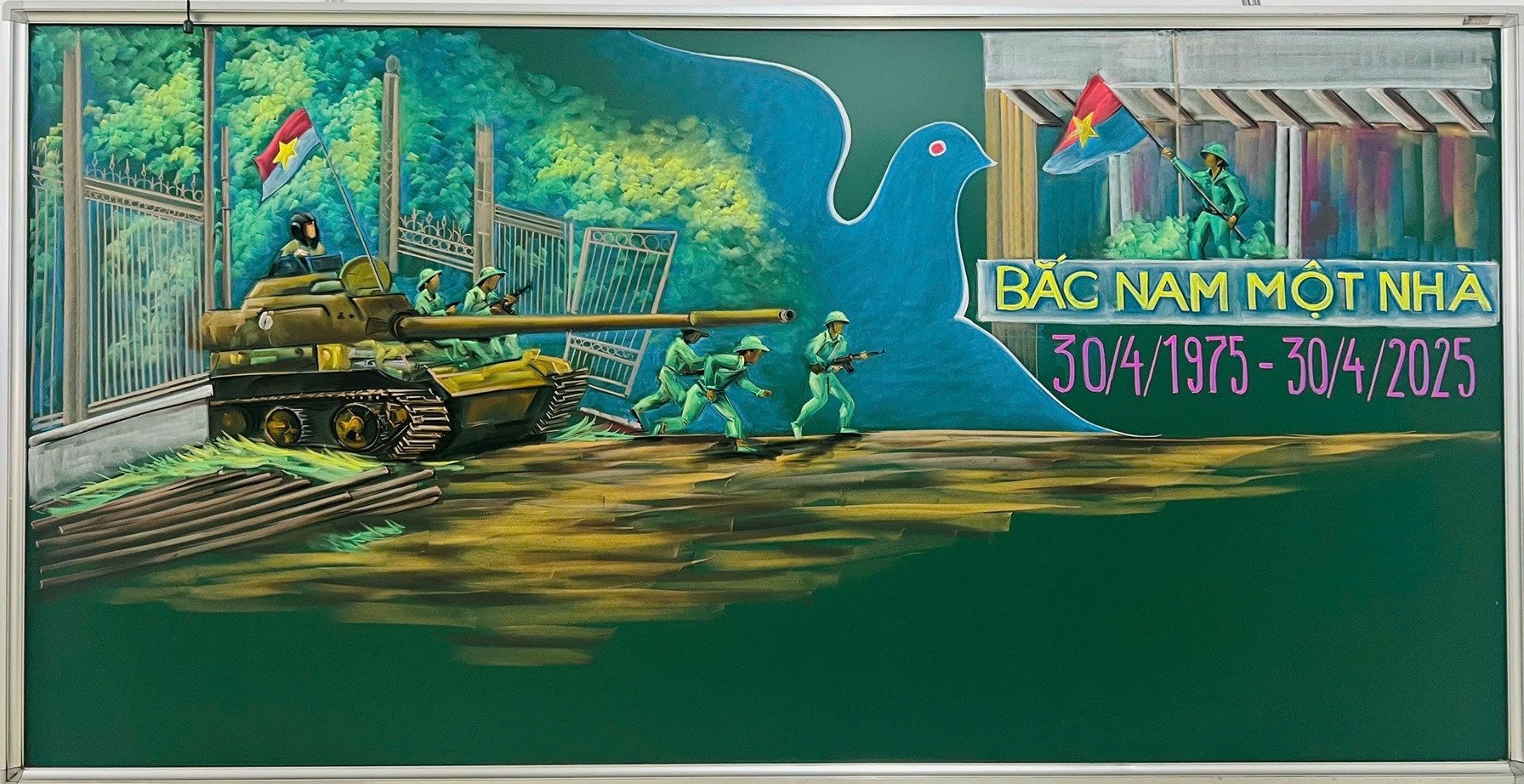
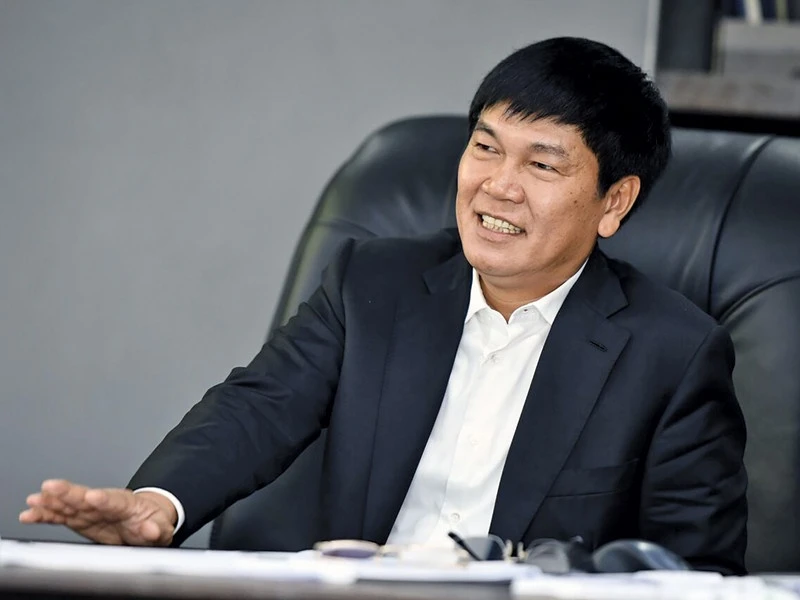

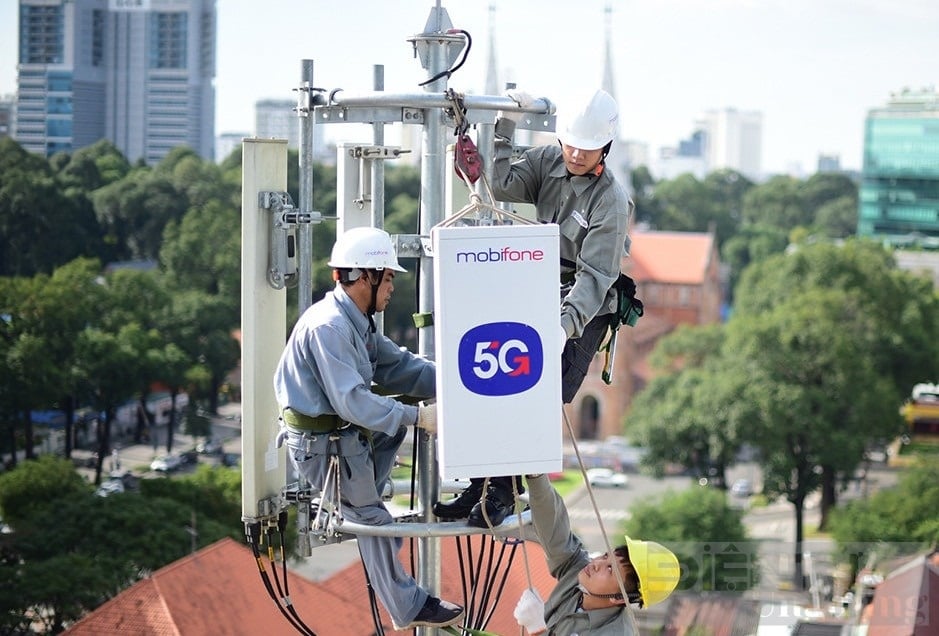

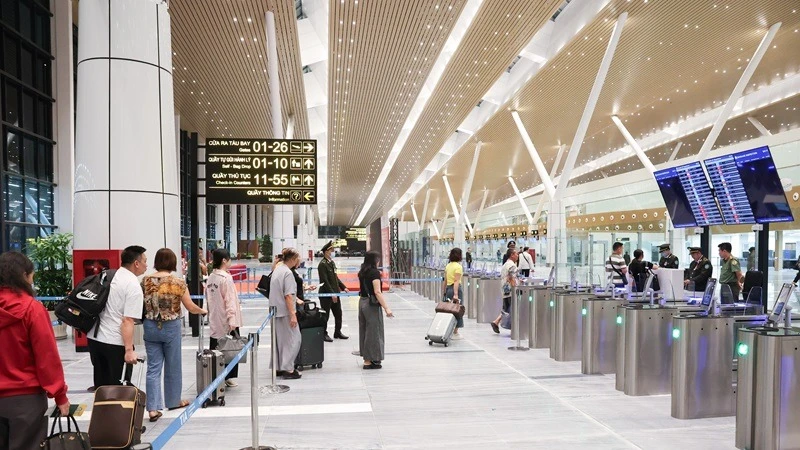

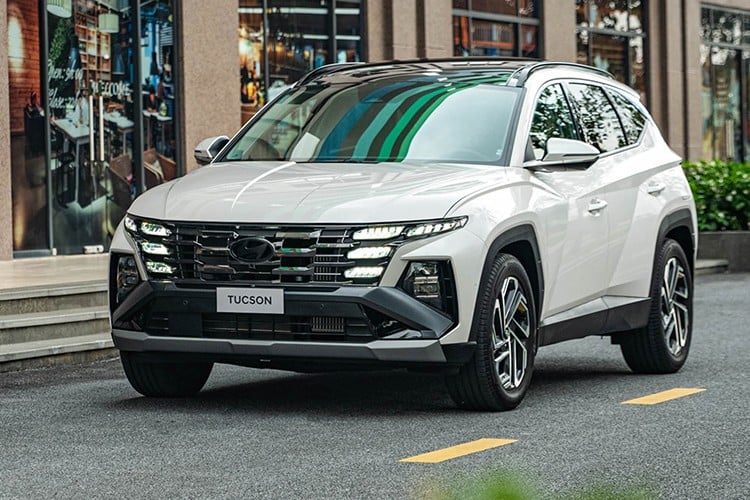

![[Video] Viettel officially puts into operation the largest submarine optical cable line in Vietnam](https://vstatic.vietnam.vn/vietnam/resource/IMAGE/2025/4/17/f19008c6010c4a538cc422cb791ca0a1)
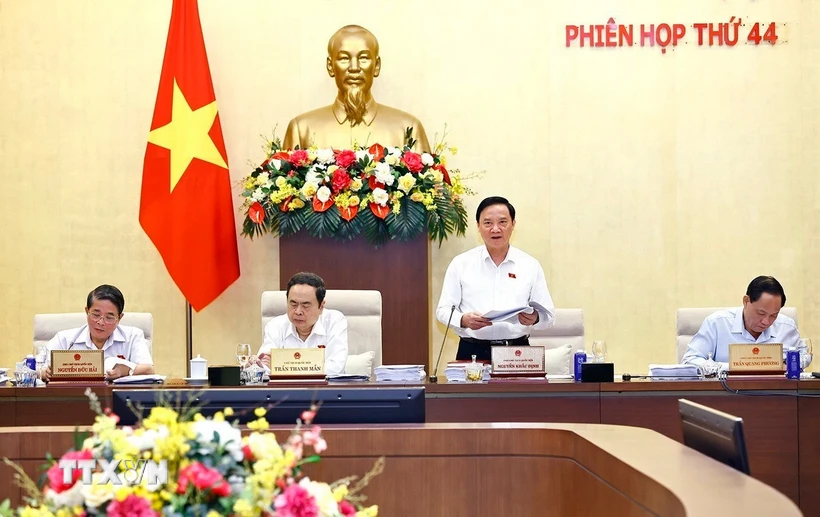
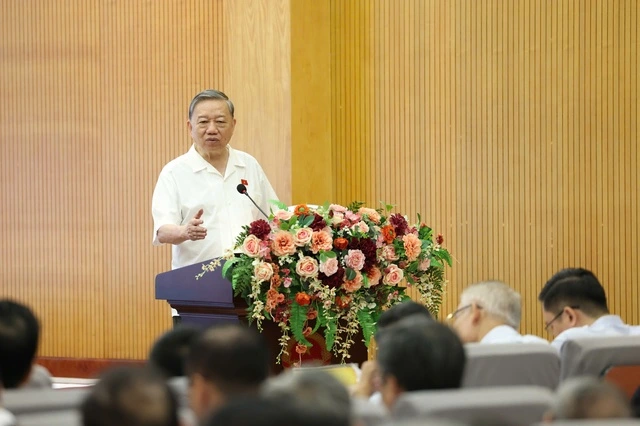
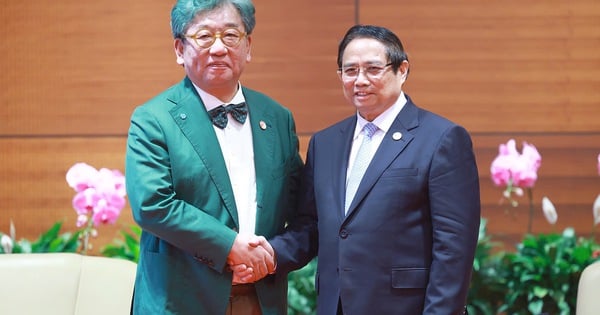

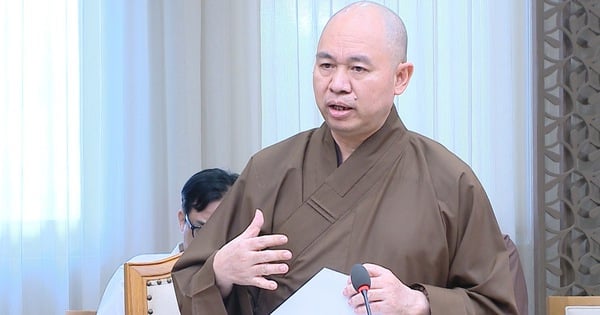
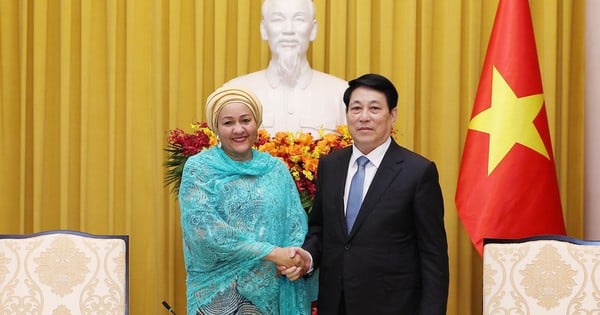
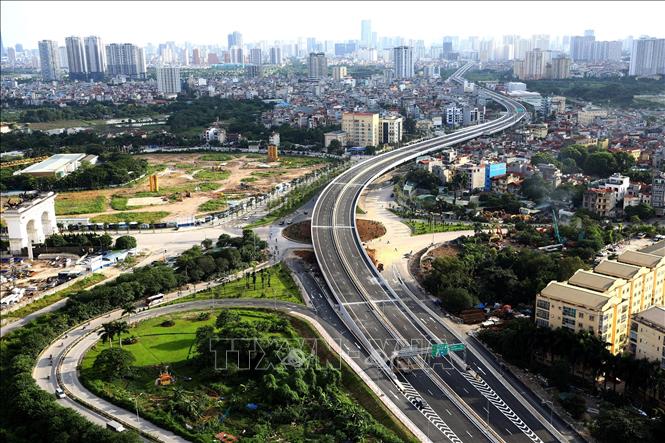

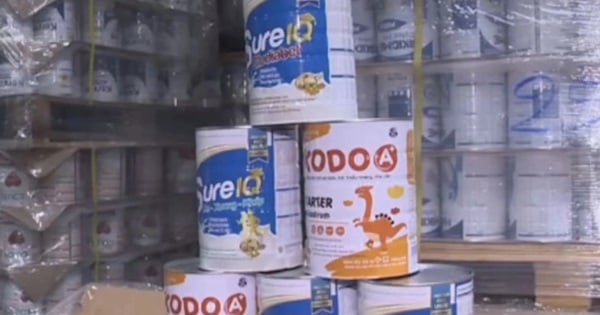

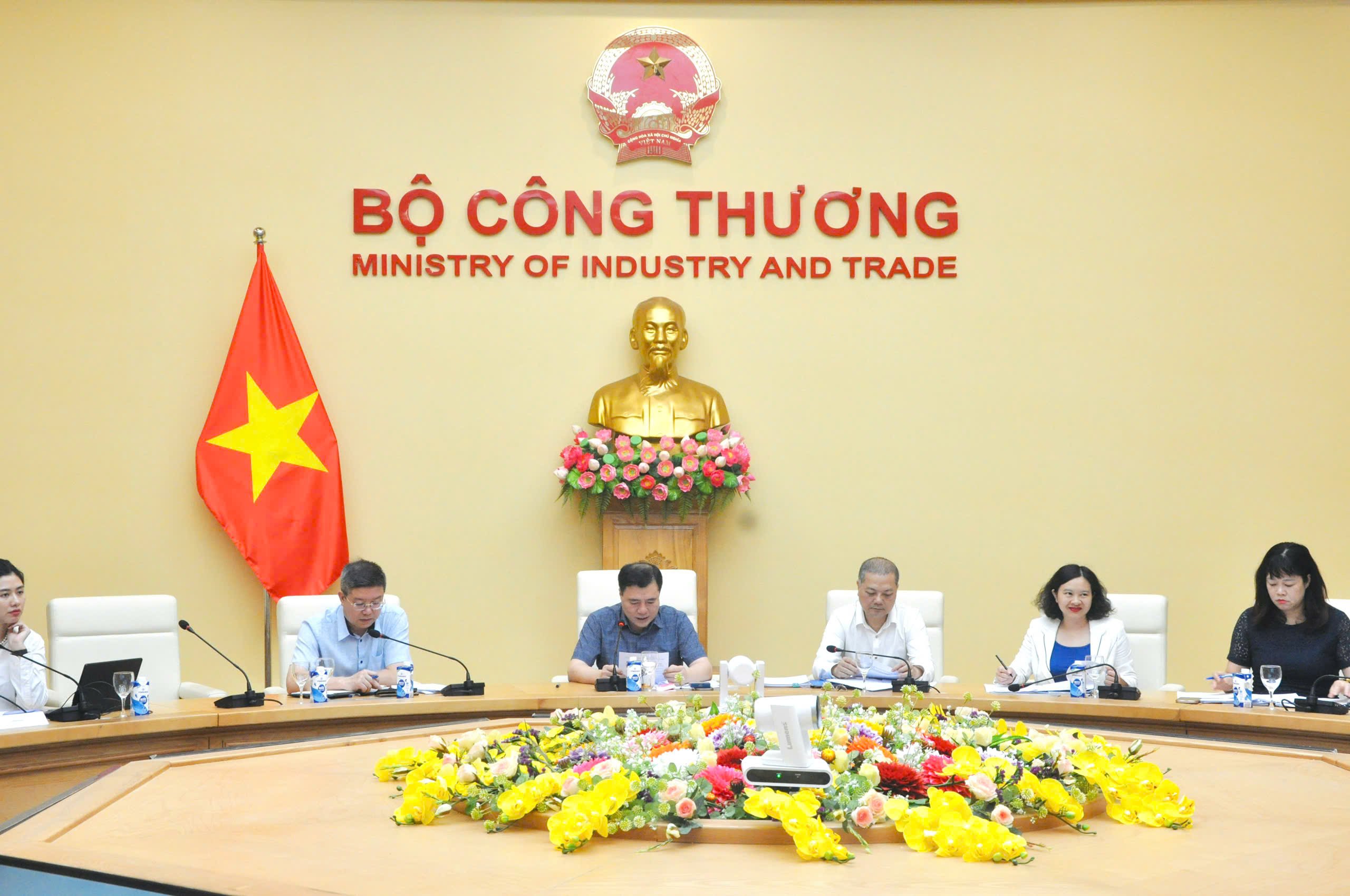

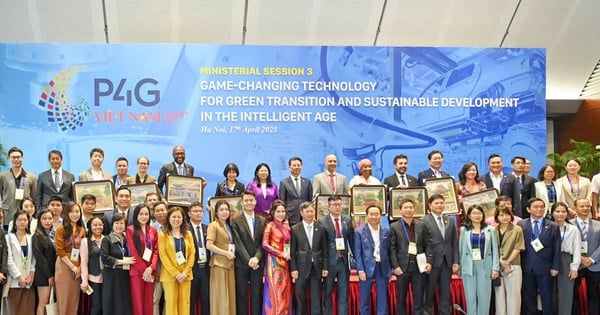

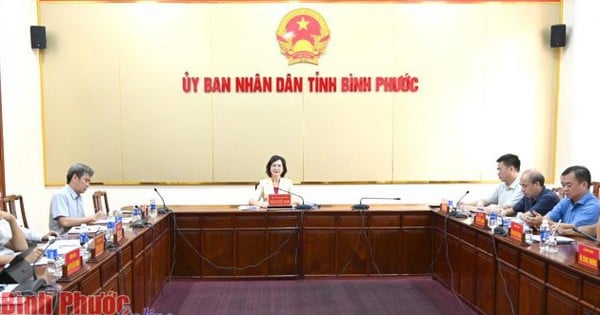

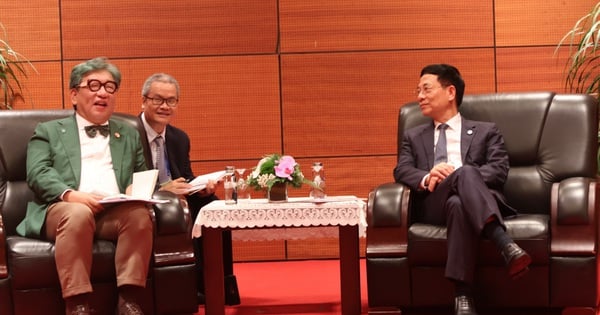
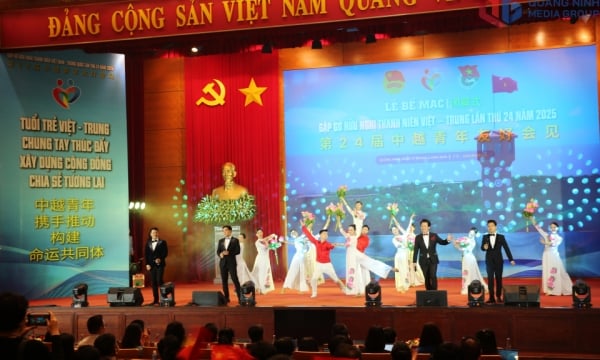

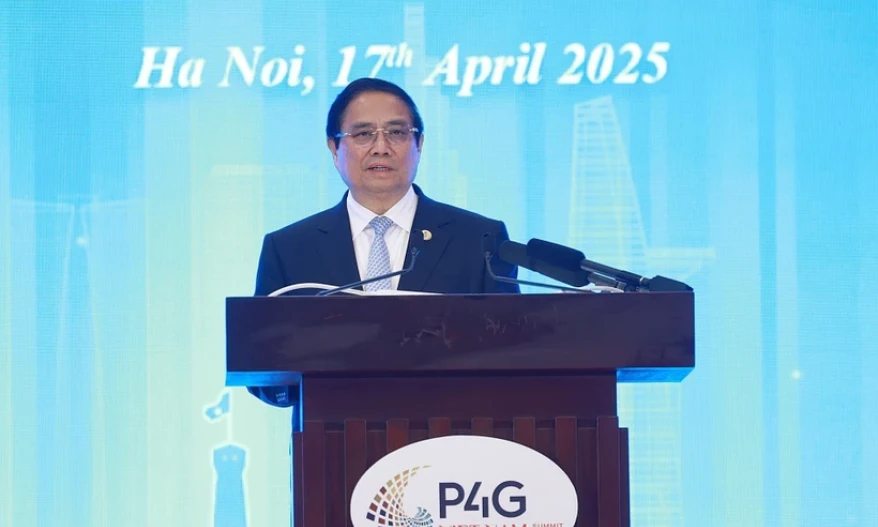


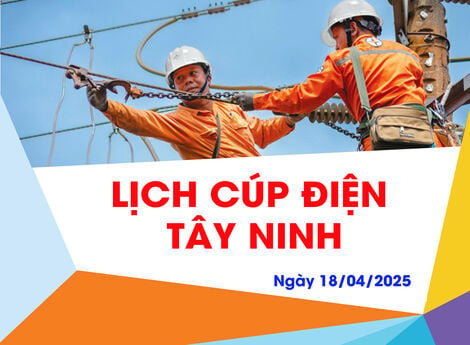

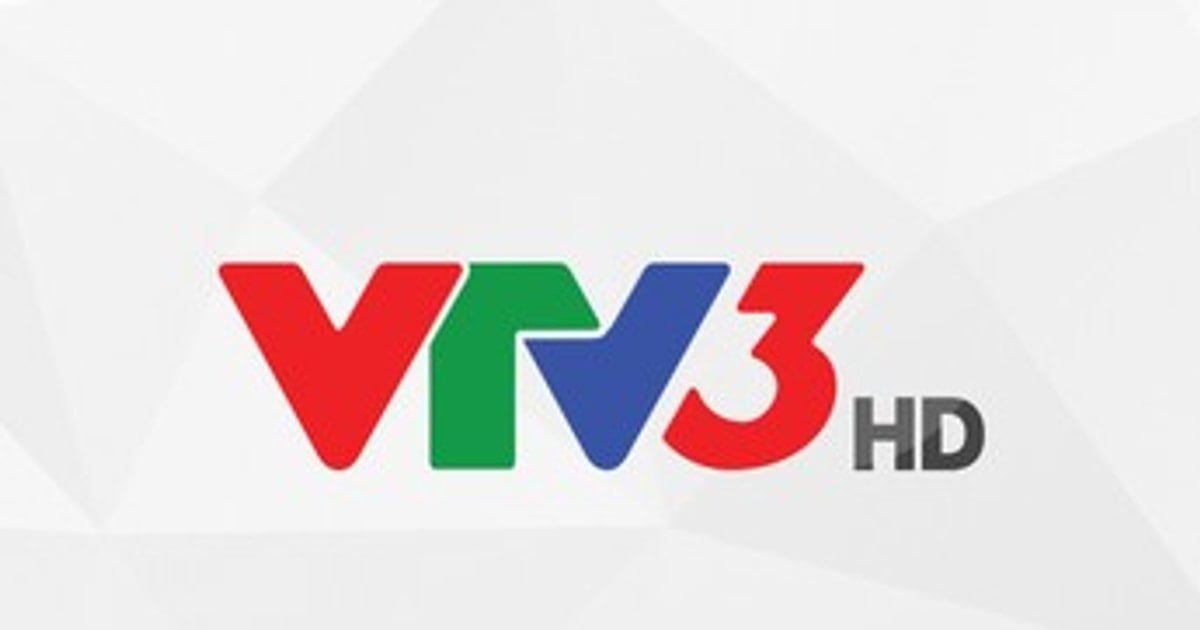
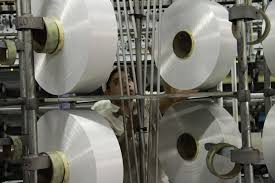

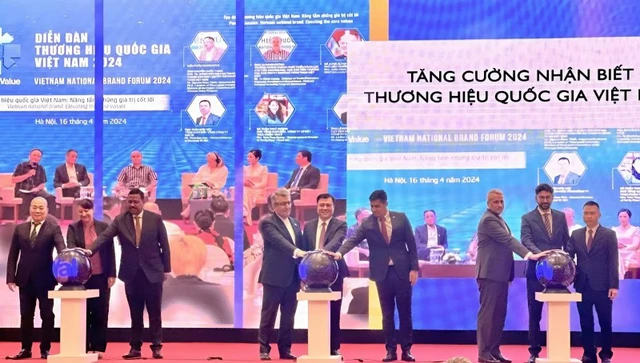



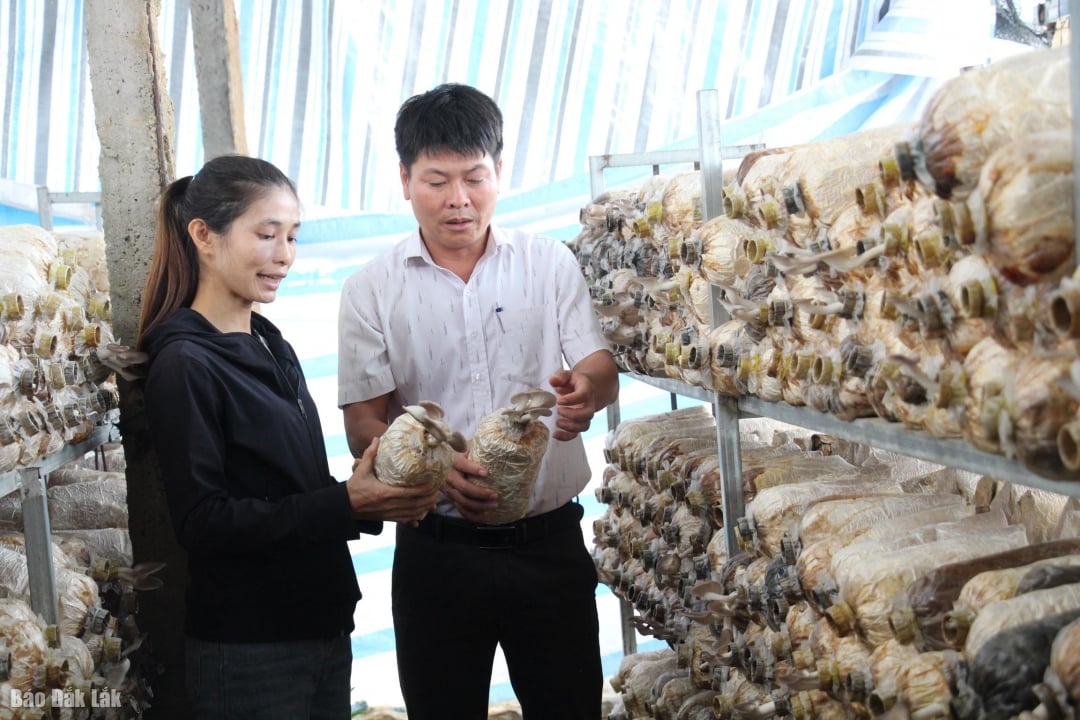

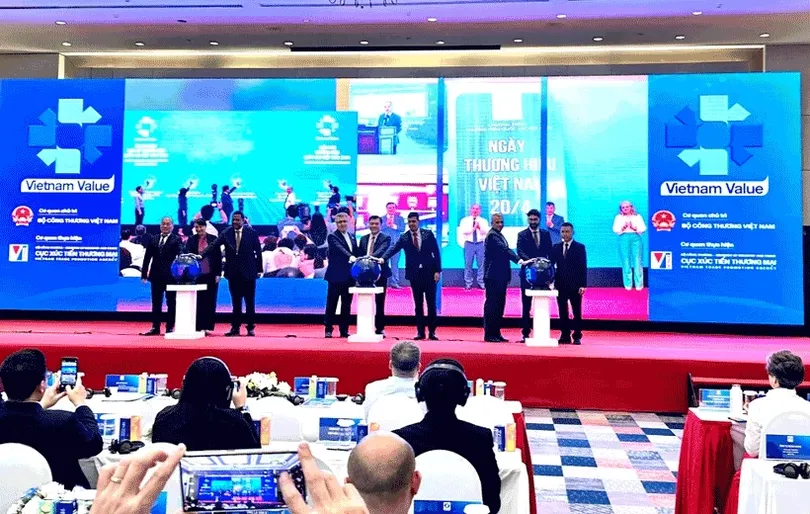




Comment (0)